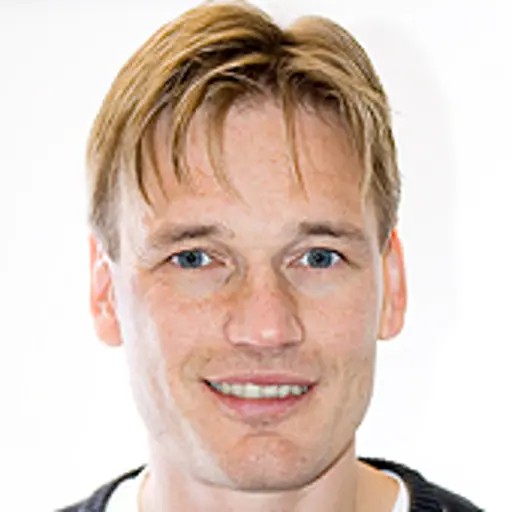Om kursen
The course has two parts: Engineering Contact Mechanics and Computational Contact Mechanics.
The purpose of Engineering Contact Mechanics is to give an overview of phenomena that occur in mechanical contacts. Quasistatic problems for metals (mainly steel) are treated. Stresses and deformations in Hertzian contacts (without friction) will be studied and to some extent also approaches to account for non-Hertzian elastic contacts including friction. For rolling contacts, stresses, shakedown effects and special phenomena occurring in wheel-rail contacts will be treated. A short "tribology" section will summarize wear, thermomechanical phenomena at "dry" sliding contacts and rail corrugation. Applications will often relate to wheel-rail contacts for railways.
The purpose of Computational Contact Mechanics is to give an overview of how to solve problems in contact mechanics by using finite element techniques. Subjects that will be treated are: the kinematics for bodies in contact, contact constitutive equations, solution strategies and discretization procedures. Computer assignments with own finite element implementations (e.g. in Matlab) will be part of the examination.
More information
Engineering Contact Mechanics will be based on selected parts of the book K L Johnson: Contacts mechanics, Cambridge University Press, Cambridge 1987, pp 1 10, pp 202-220, pp 242 283 and pp 306-311 (452 pp) which is a well-known book in the field and well covers the scope of this part of the course.
Computational Contact Mechanics will be based on selected parts of the book Computational Contact Mechanics, John Wiley & Sons Ltd, 2002, written by P Wriggers.
Teaching language: English.

